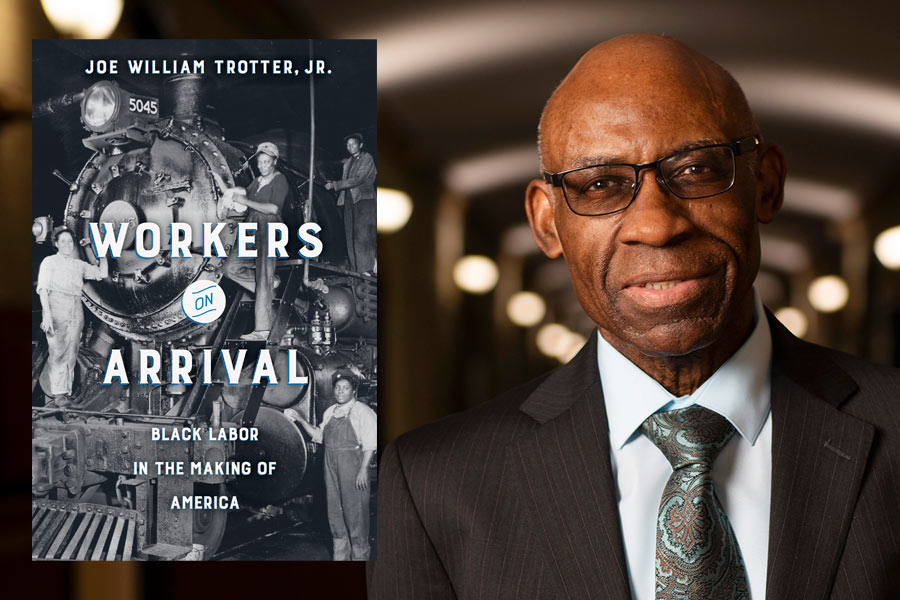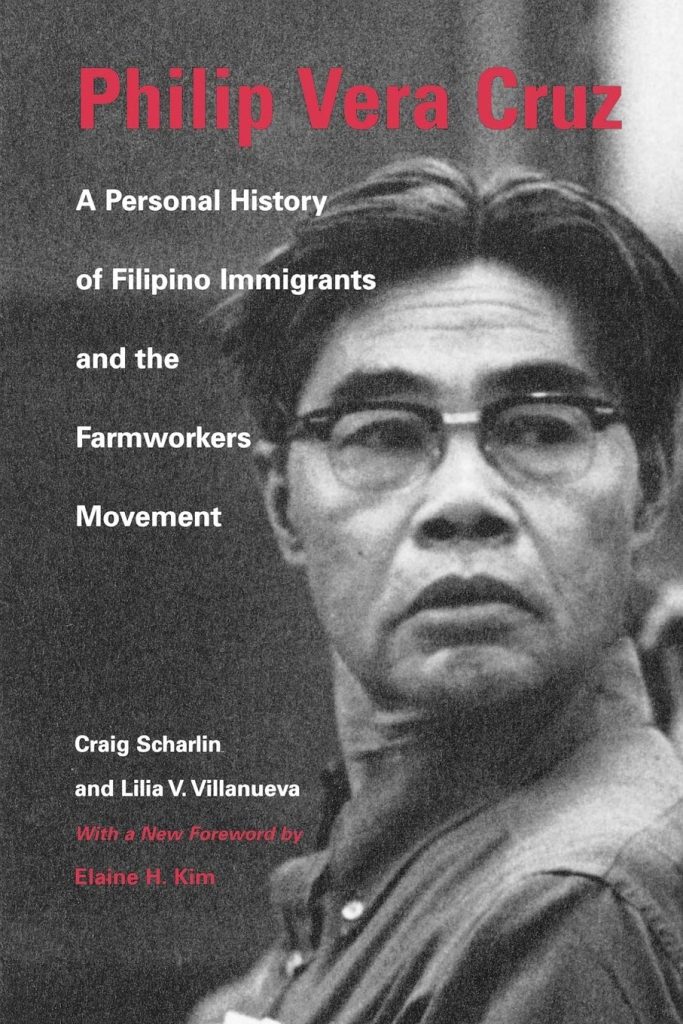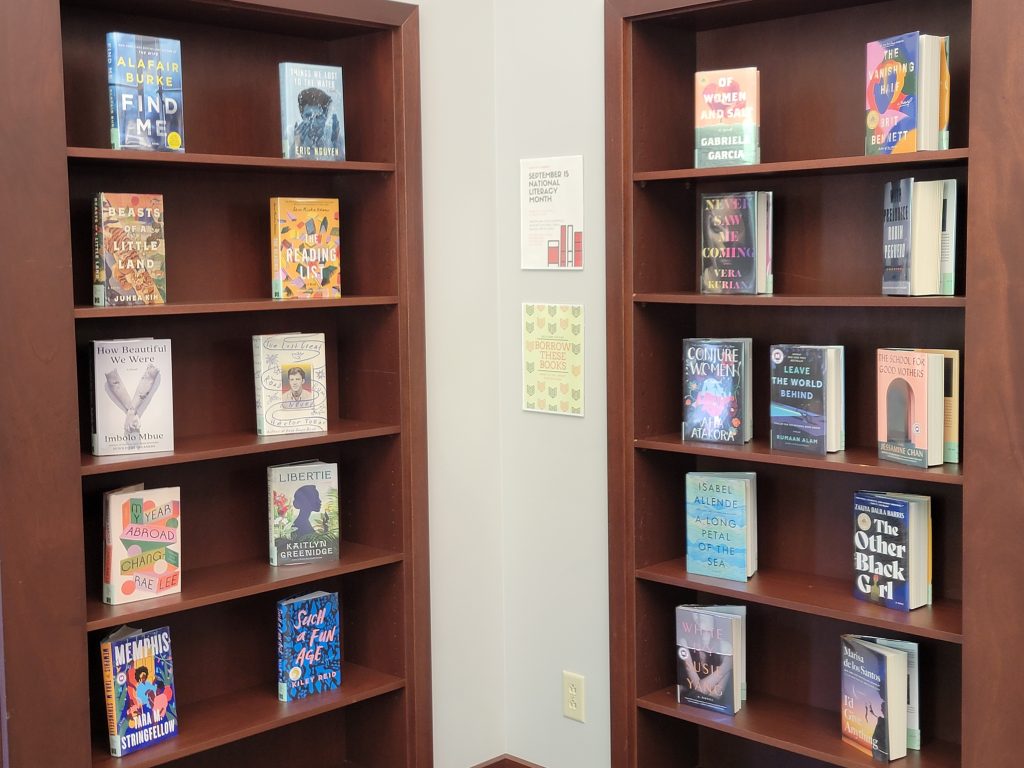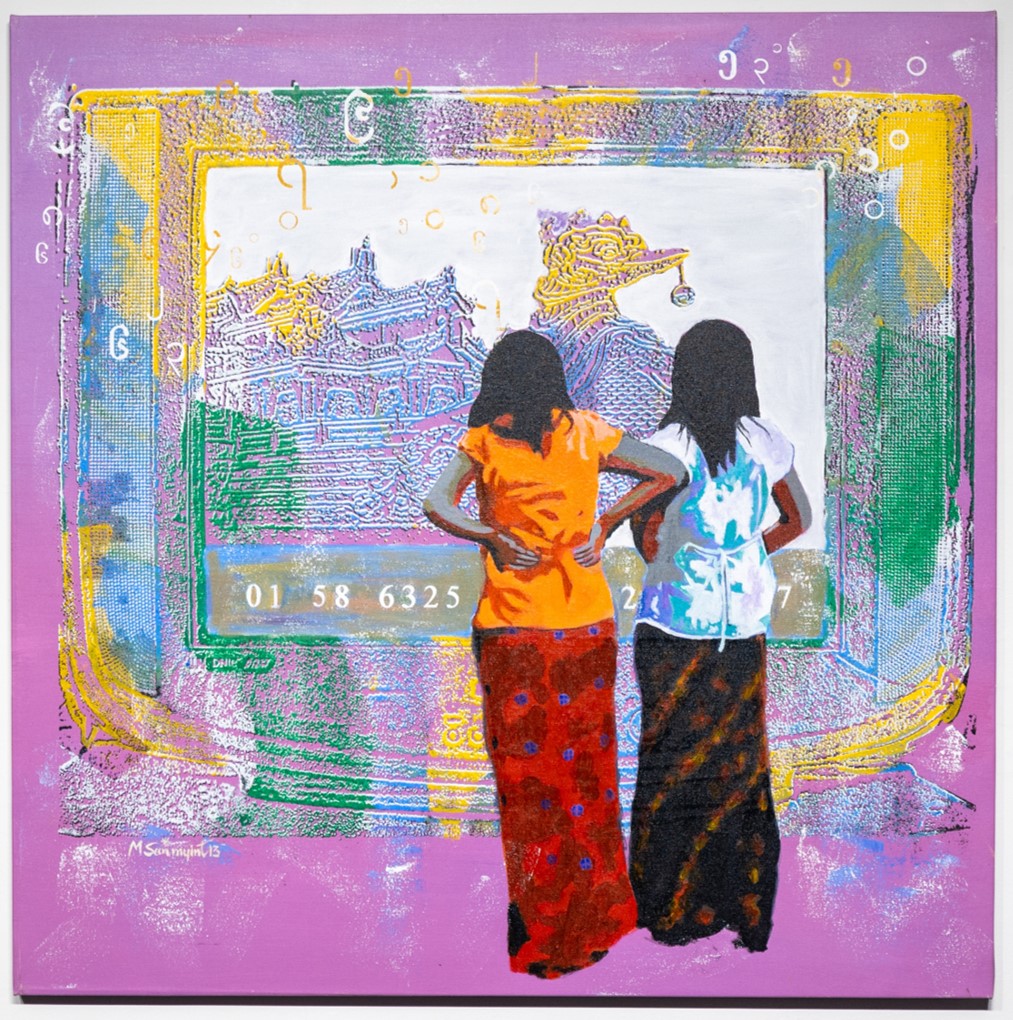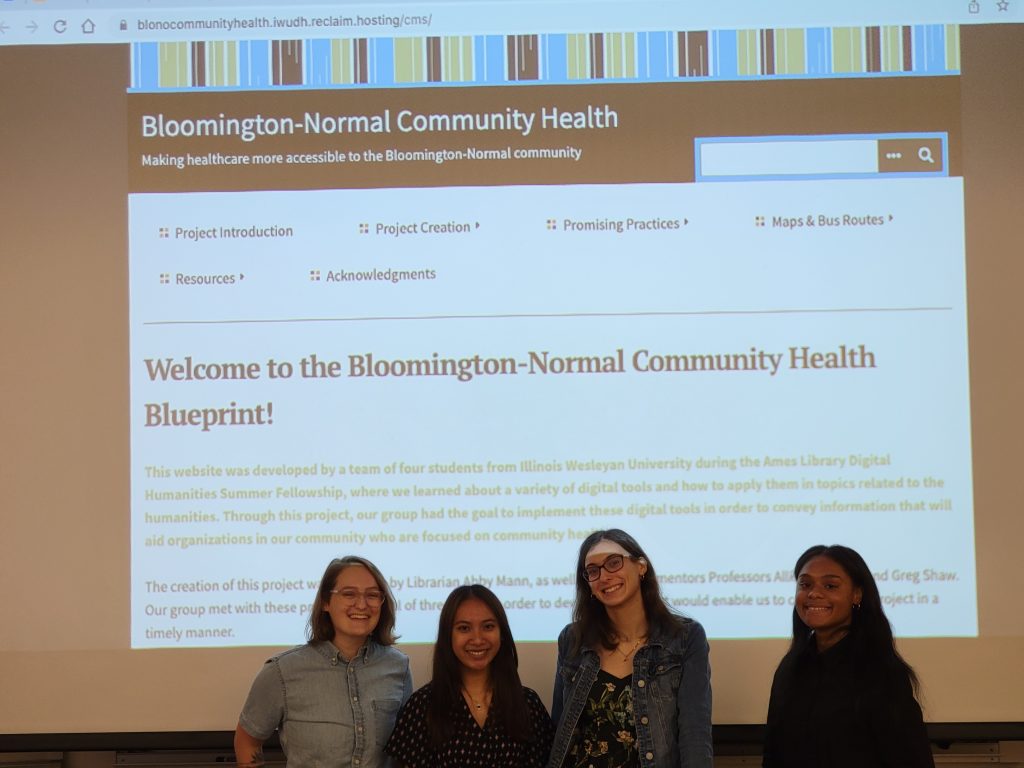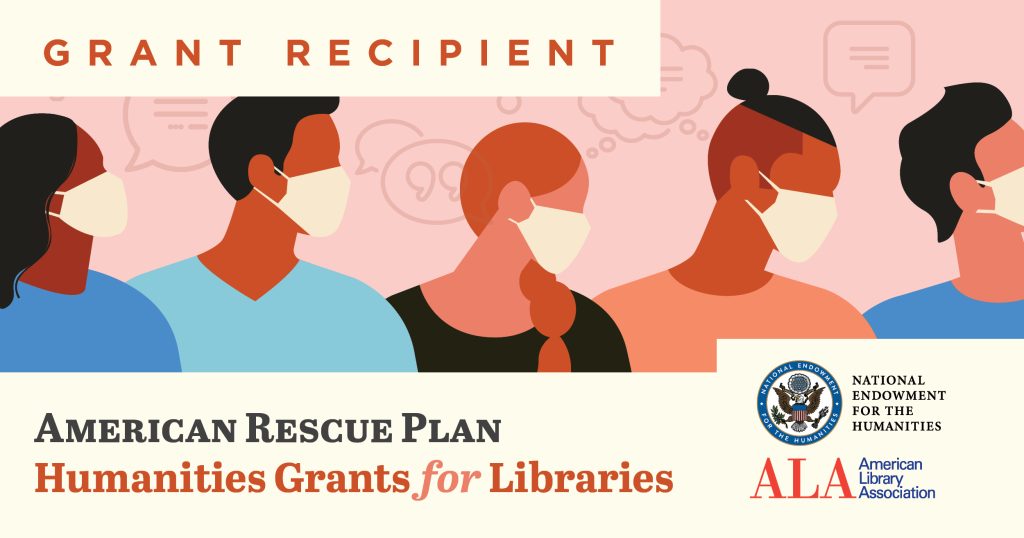Last week, we shared some resources, databases, and collections Ames has that highlights Hispanic, Latinx, and Chicano/a/x communities. This week we’d like to share projects hosted by other universities, archives, and cultural heritage organizations related to Hispanic heritage, as the more we’re able to connect with resources the more open our minds become. Unidos: Inclusivity for a Stronger Nation is the 2022 Hispanic Heritage Month Theme.
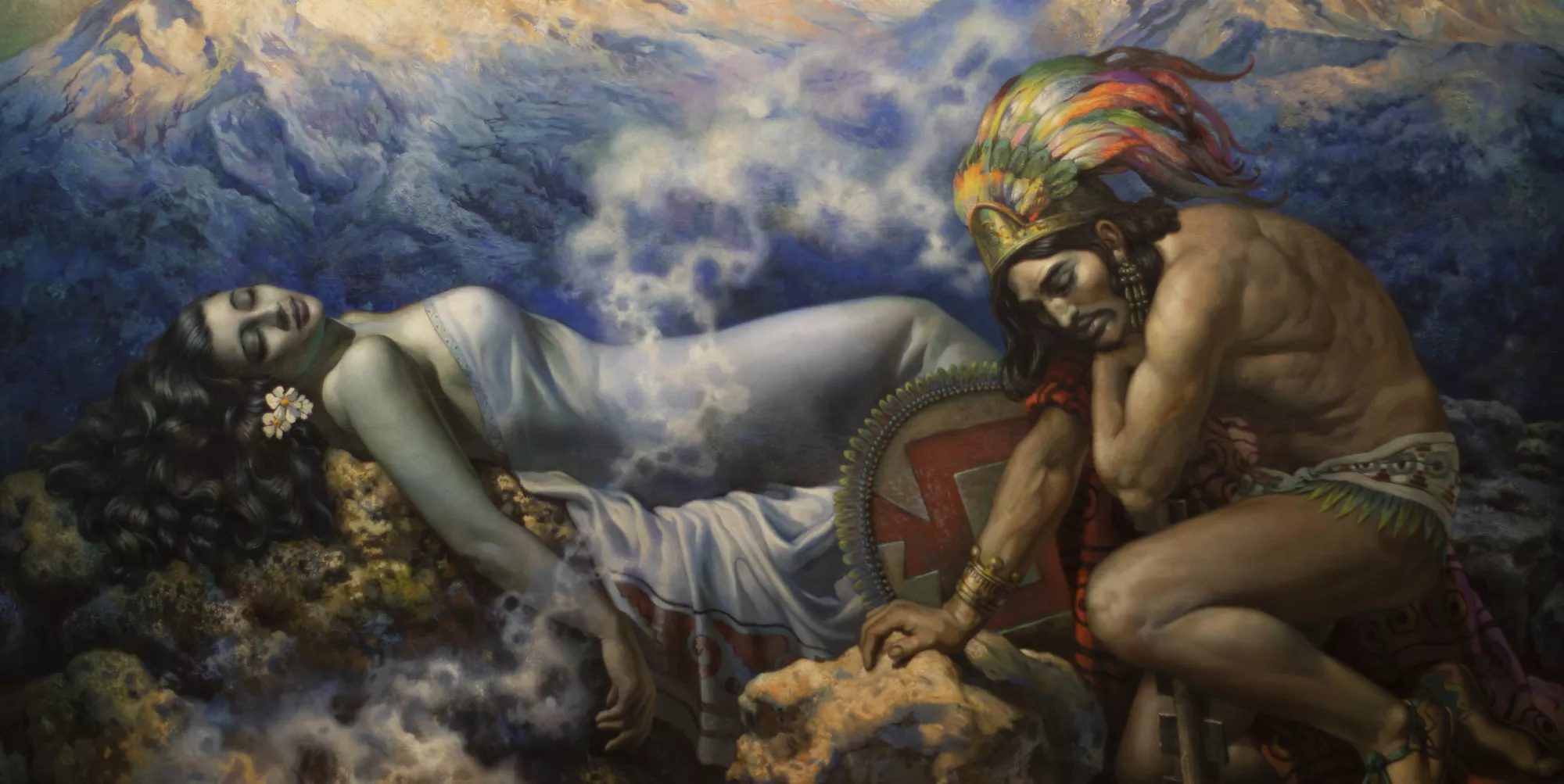
The National Museum of Mexican Art’s mission is “to stimulate knowledge and appreciation of Mexican art and culture from both sides of the border through a significant permanent collection of Mexican art, rich visual and performing arts programs, high quality arts education programs and resources and professional development of Mexican artists. The Museum welcomes all people and strives to foster a world where all are included.” Located in Chicago, the museum showcases 3,600 years of creativity from across Mexican, Mexican-American, and Mexican-Indigenous creative works. Nuestras Historias showcases pieces from their permanent collection, to emphasize the dynamic and diverse stories of Mexican identity in the US.
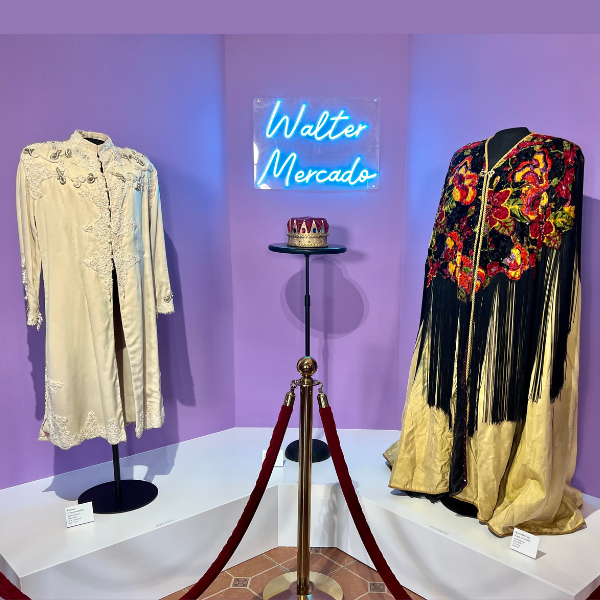
Also in Chicago, the National Puerto Rican Museum is “devoted to the promotion, integration and advancement of Puerto Rican arts and culture, presenting exhibitions and programming created to enhance the visibility and importance of the rich Puerto Rican arts tradition.” Coming soon, the museum will host a Walter Mercado pop up exhibit. Mercado was “Latin America’s beloved spiritual advisor, best known for his astrology television shows. His daily horoscope readings and flamboyant persona captivated the attention of millions of Spanish-speaking people worldwide. Mercado’s fluid blend of beliefs and gender presented an expansive alternative to the traditional Catholic practices of many Latin American cultures.”
Chicago is also home to several Latino neighborhoods with colorful and innovative street art. The Pilsen Murals were originally started by street artists in the ’60s to oppose the Vietnam War and express pride in Mexican-American identities. Later generations of artists are leaving their marks, starting new conversations through their art. Humboldt Park is also home to fantastic murals, with a preservation program to help restore older murals, along with working with the community to create new pieces.

The Latinx Diaspora in the Americas Project is an oral history project at the University of Florida. It is dedicated to creating space for Latina/os to share their historical experiences related to identity, immigration reform, labor conditions, education, and civil rights.
The National Park Service cares for special places in the United States like parks, monuments, historical areas, lake- and seashores, rivers, and trails. Places like the Cabrillo National Monument preserves the history of Juan Rodriguez Cabrillo’s voyage of exploration. It was the first contact between the coastal California Indigenous tribes, like the Kumeyaay, and men from Europe. Though the San Salvador stayed only six days in San Diego harbor, this journey and future Spanish journeys to the area would shape southern California’s complex history.
Along the El Camino Real de Tierra Adentro National Historic Trail (which extends between El Paso, Texas and Santa Fe, New Mexico in the United States) you’ll find churches, battle sites, art museums, cultural properties, and Indigenous heritage sites. The sites along the trail reflect 300 years of conflict, cooperation, and cultural exchange between a variety of empires.
Visit the NPS American Latino Heritage website to learn more about these and other sites.



